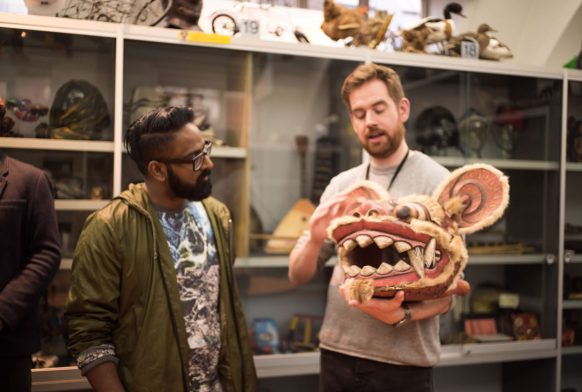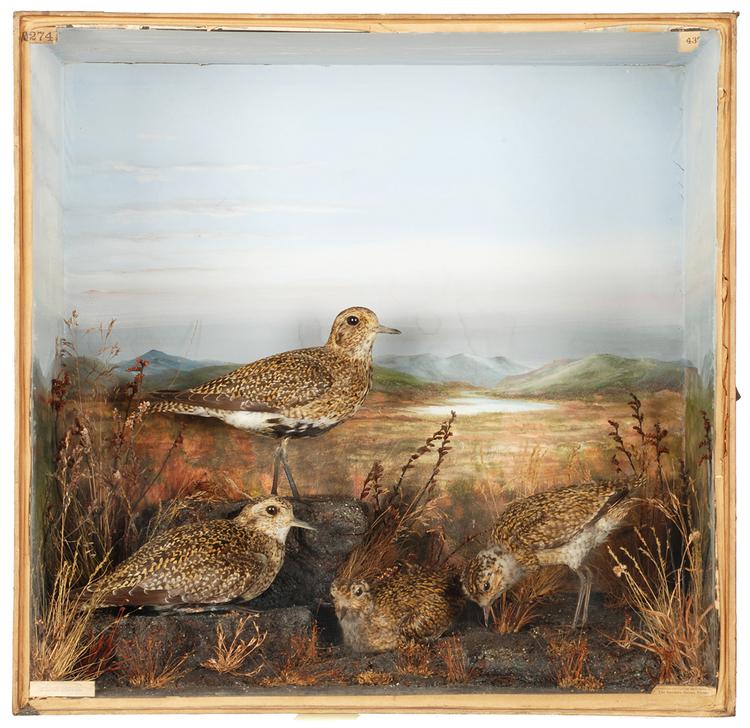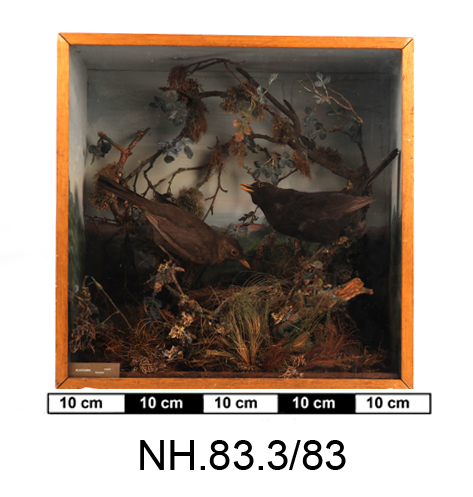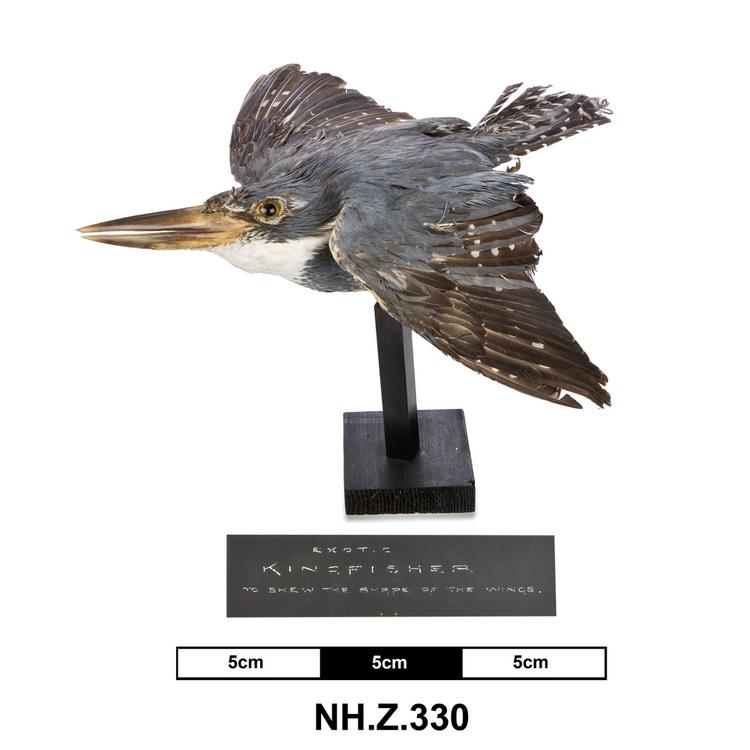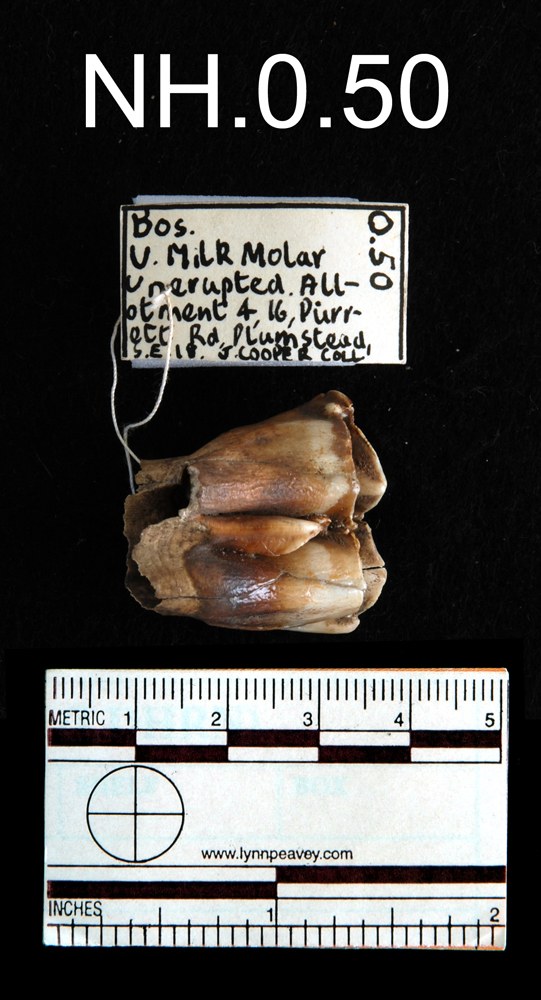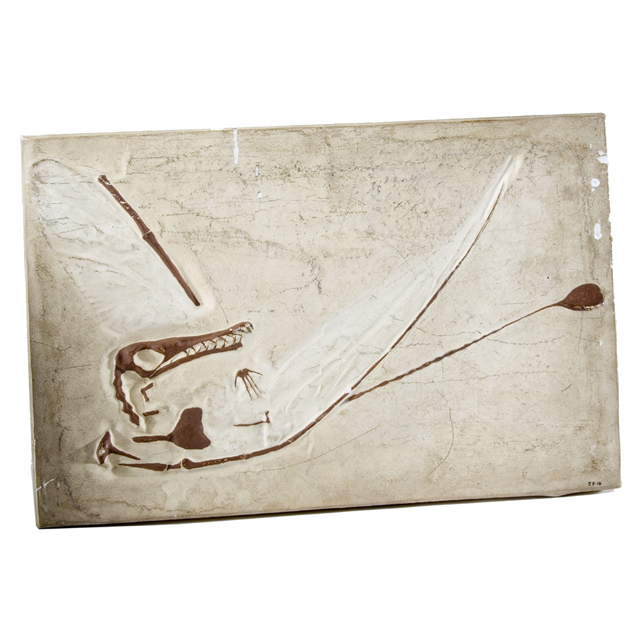
Plaster cast of a Rhamphorhynchus specimen, Rhamphorhynchus muensteri. Late Jurassic, specifically from 150.8 mya to 145.5 mya. (Emma Nicholls).
Pterodactyls lived between 155-145 million years ago but they are now extinct. They had no contact with humans who have only been in existence for about 2 million years. You can only see pterosaur remains in fossil form and most likely only in a collection. Fossils are the remains or impressions of dead animals or plants which have been preserved naturally in rock. Fossils are made when a living thing dies and sinks into the ground. As layers of new soil build up on top, the animal or plant gets buried deeper and deeper. All of the soft parts of the animal or plant decay, leaving behind the hard parts like bones, teeth and claws. Water seeps into them and the minerals in the water change them into rock. So although they still look like bones, they are actually made of rock.



